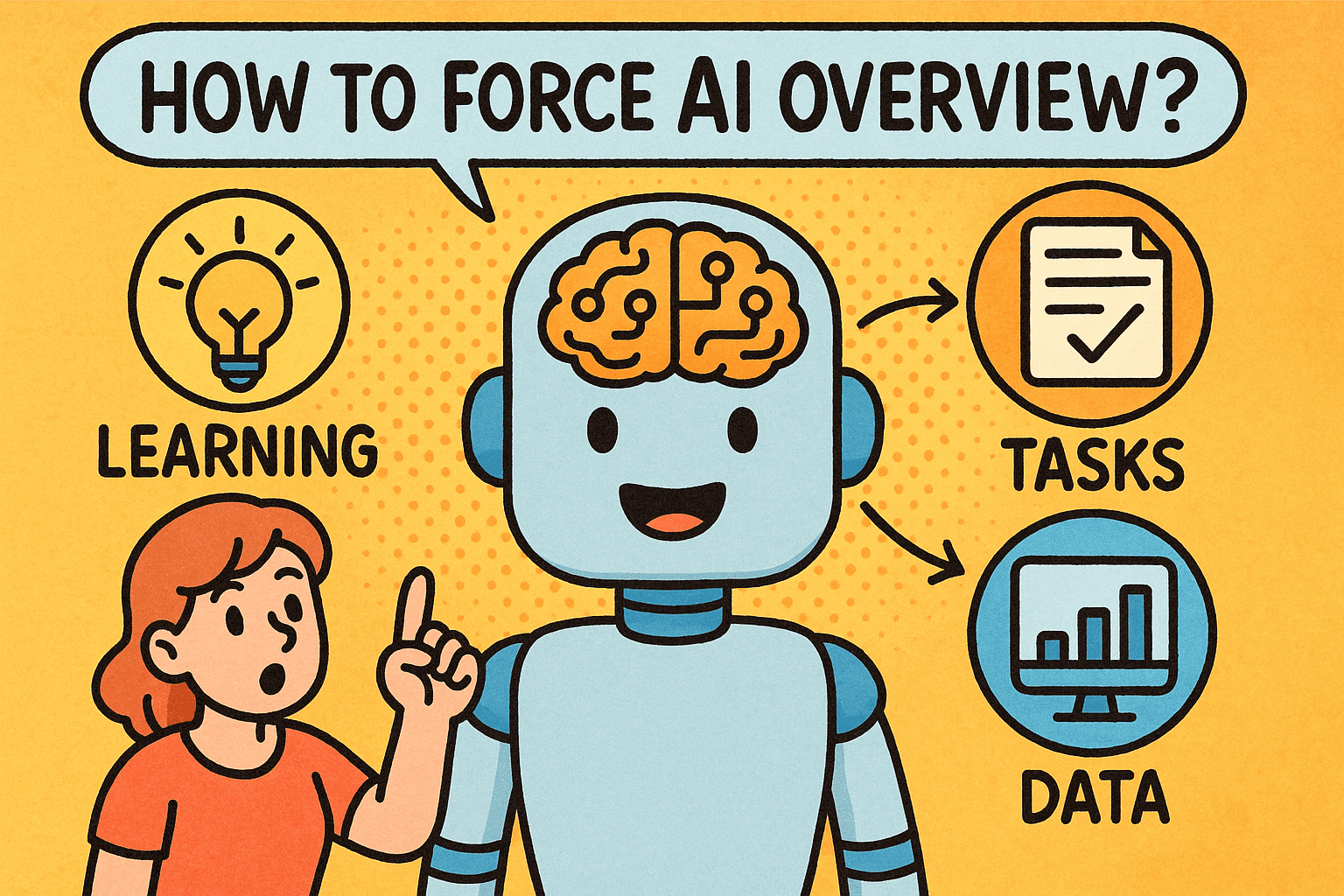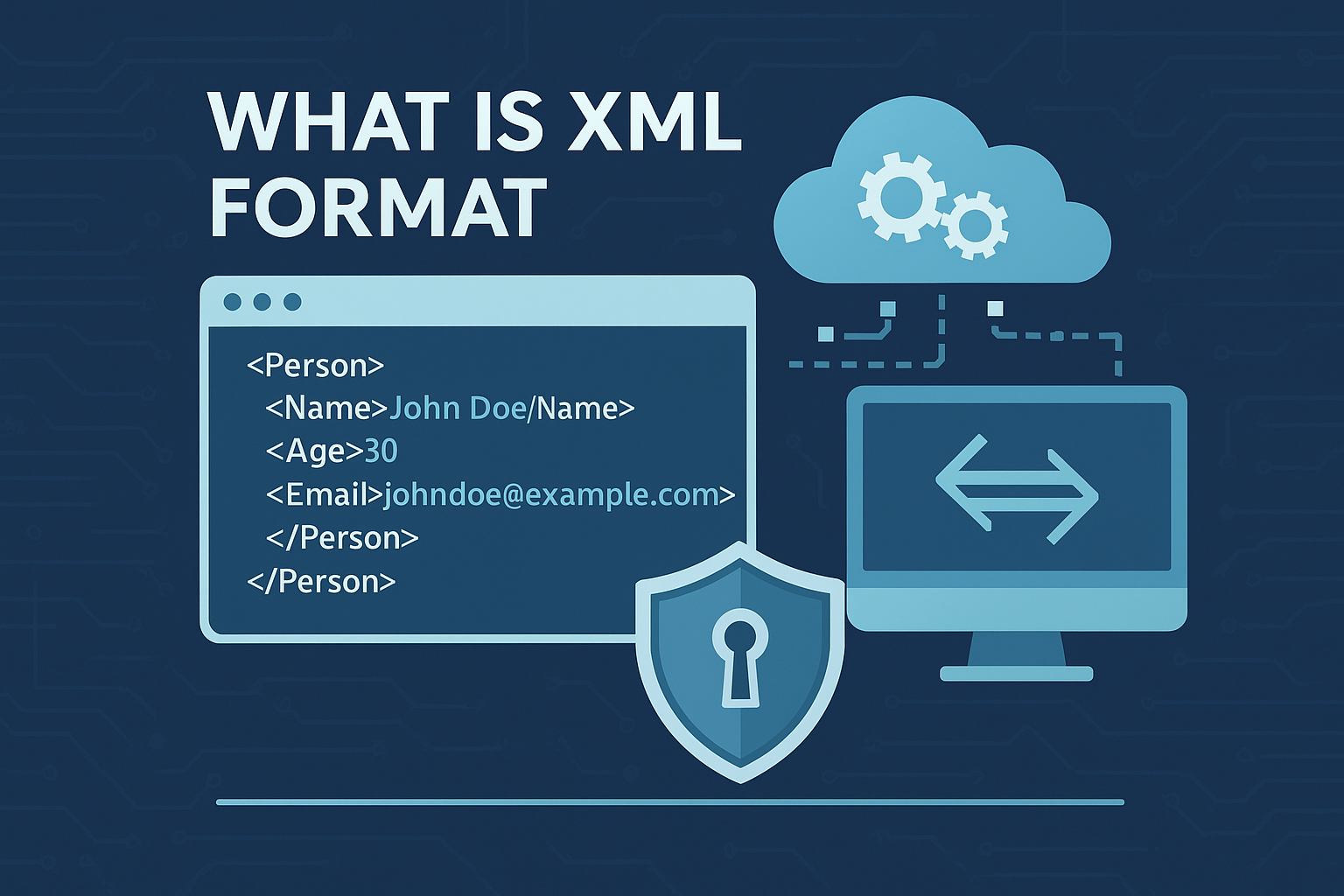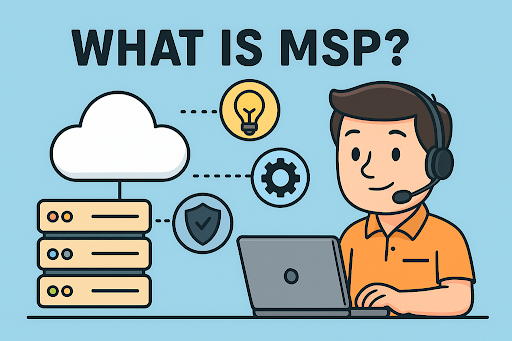Medical Records: A Prime Target for Hackers and How to Safeguard Them
Updated on December 9, 2024, by Xcitium

Medical records are among the most valuable data for cybercriminals, consistently targeted for their high resale value and potential for exploitation. Recent reports reveal the alarming frequency and sophistication of cyberattacks on healthcare systems, highlighting the urgent need for robust security measures to protect sensitive patient information. As adversaries refine their methods, the healthcare sector must prioritize proactive cybersecurity strategies to safeguard critical data.
Why Medical Records Are a Constant Target
Medical records contain a wealth of sensitive information, including personal identification details, medical histories, insurance information, and financial data. These records are highly prized on the dark web for several reasons:
1. High Resale Value
A single medical record can fetch up to $1,000 on the black market, significantly more than credit card information. The data can be used for identity theft, fraudulent billing, and unauthorized medical claims.
2. Lifespan of Usefulness
Unlike credit card information, which can be quickly deactivated after a breach, medical records contain permanent information that cannot be easily changed, such as Social Security numbers and medical histories.
3. Exploitation Potential
Adversaries can use medical data to commit healthcare fraud, blackmail individuals, or create fake identities for criminal activities.
4. Vulnerable Infrastructure
Many healthcare organizations rely on outdated systems that contain legacy vulnerabilities and may lack modern protection capabilities, making them easy targets for cybercriminals.
The Growing Threat Landscape in Healthcare
The healthcare sector faces a unique set of challenges when it comes to cybersecurity. Key factors contributing to its vulnerability include:
- A Large Attack Surface: The rise of electronic health records (EHRs), telemedicine, and connected medical devices has expanded the attack surface for hackers.
- Resource Constraints: Many healthcare organizations operate on tight budgets, limiting their ability to invest in advanced cybersecurity measures.
- High Stakes: The critical nature of healthcare operations makes organizations more likely to pay ransoms to restore services quickly.
Recent ransomware attacks on hospitals and healthcare systems have caused significant operational disruptions, delayed patient care, and compromised sensitive data. These incidents highlight the need for comprehensive security measures to protect patient records and maintain trust.
Proactive Steps to Protect Medical Records
Healthcare organizations must adopt proactive cybersecurity strategies to defend against evolving threats. Key measures include:
1. Implementing a Zero Trust Security Model
Zero Trust ensures that every access request to patient data and systems is authenticated and authorized, regardless of the user’s location or role. This model minimizes the risk of unauthorized access and insider threats. Zero Trust also means that files, applications, and executables should be proven safe before being allowed to execute.
2. Utilizing Real-Time Threat Containment and Virtualized Execution
Containment technologies isolate and neutralize suspicious files and executes and diagnoses them in a safe virtualized environment. This proactive approach prevents malware and ransomware from spreading within healthcare networks but does not negatively impact productivity or drain resources.
3. Securing Third-Party Vendors
Many healthcare breaches occur through third-party vendors. Conducting regular security audits and ensuring vendors adhere to stringent cybersecurity standards can reduce this risk.
4. Enhancing Employee Training
Employees are often the first line of defense against cyberattacks. Regular training programs can help staff recognize phishing attempts and other common attack vectors.
5. Investing in Advanced Security Tools
Tools for intrusion detection, threat intelligence, and vulnerability management provide healthcare organizations with the ability to identify and mitigate risks in real time.
6. Maintaining Regular Backups
Ensuring that all patient data is regularly backed up and stored securely can help organizations recover quickly in the event of a ransomware attack.
How Xcitium Can Help Protect Medical Records
Xcitium provides advanced cybersecurity solutions designed to address the unique challenges of protecting medical records. Here’s how Xcitium can make a difference:
1. ZeroDwell Containment Technology
Xcitium’s containment and virtualized execution approach isolates and diagnoses threats in real-time, neutralizing ransomware and other malicious software before they can compromise sensitive data – without disrupting operations.
2. Zero Trust Architecture
Xcitium’s platform enforces the principle of Zero Trust by ensuring that everything is detected, receives a verdict, and allowed to execute if safe or blocked if unsafe. It is a default deny protection stance with default allow convenience and usability. Real-Time Threat Detection and Monitoring
Xcitium’s advanced analytics and monitoring tools enable healthcare organizations to detect and respond to suspicious activities (and in particular, threats that are “unknown” to other solutions), reducing the risk of breaches.
3. Support for Compliance
Xcitium helps healthcare providers meet regulatory requirements such as HIPAA by providing comprehensive security tools and detailed compliance reporting.
4. Scalable Solutions
Xcitium’s solutions are designed to scale with the needs of healthcare organizations, providing robust protection for systems of all sizes.
Conclusion: Safeguarding Patient Data in an Evolving Threat Landscape
The constant targeting of medical records by hackers underscores the critical importance of robust cybersecurity measures in the healthcare sector. As the threat landscape evolves, organizations must adopt proactive strategies to protect sensitive data and maintain trust.
Xcitium’s advanced solutions provide healthcare organizations with the tools they need to defend against cyber threats. By implementing Zero Trust, containment technologies, and real-time monitoring, healthcare providers can safeguard patient records, ensure compliance, and focus on delivering quality care. Protecting medical records is not just a cybersecurity challenge—it’s a fundamental responsibility that healthcare organizations must embrace with urgency and vigilance.















